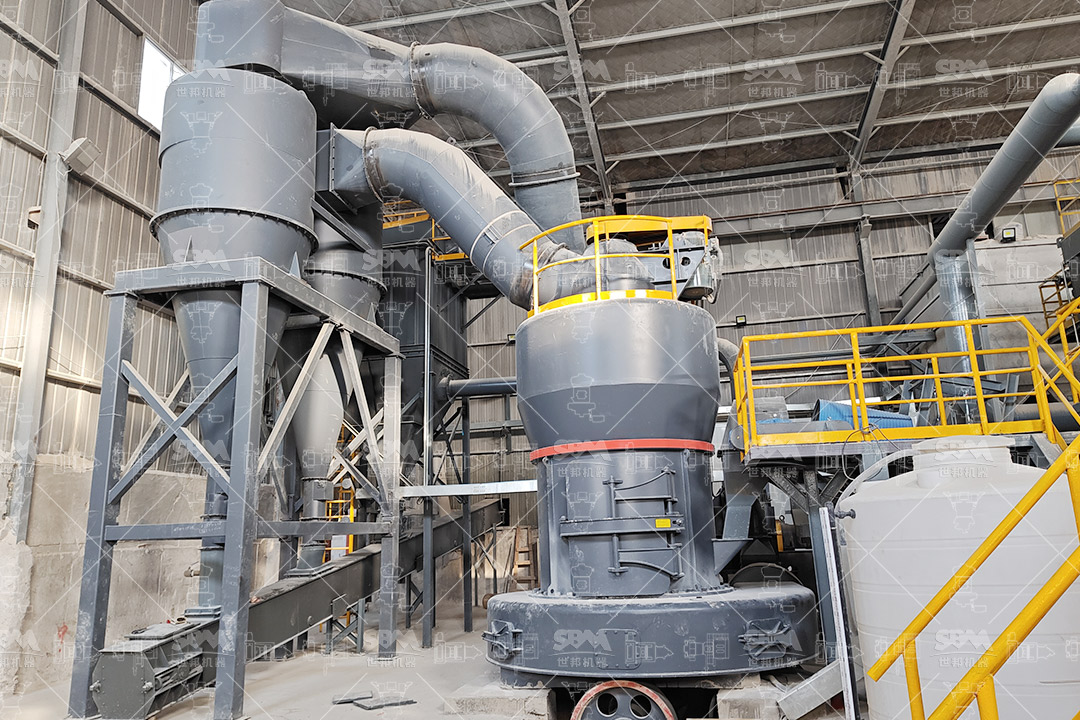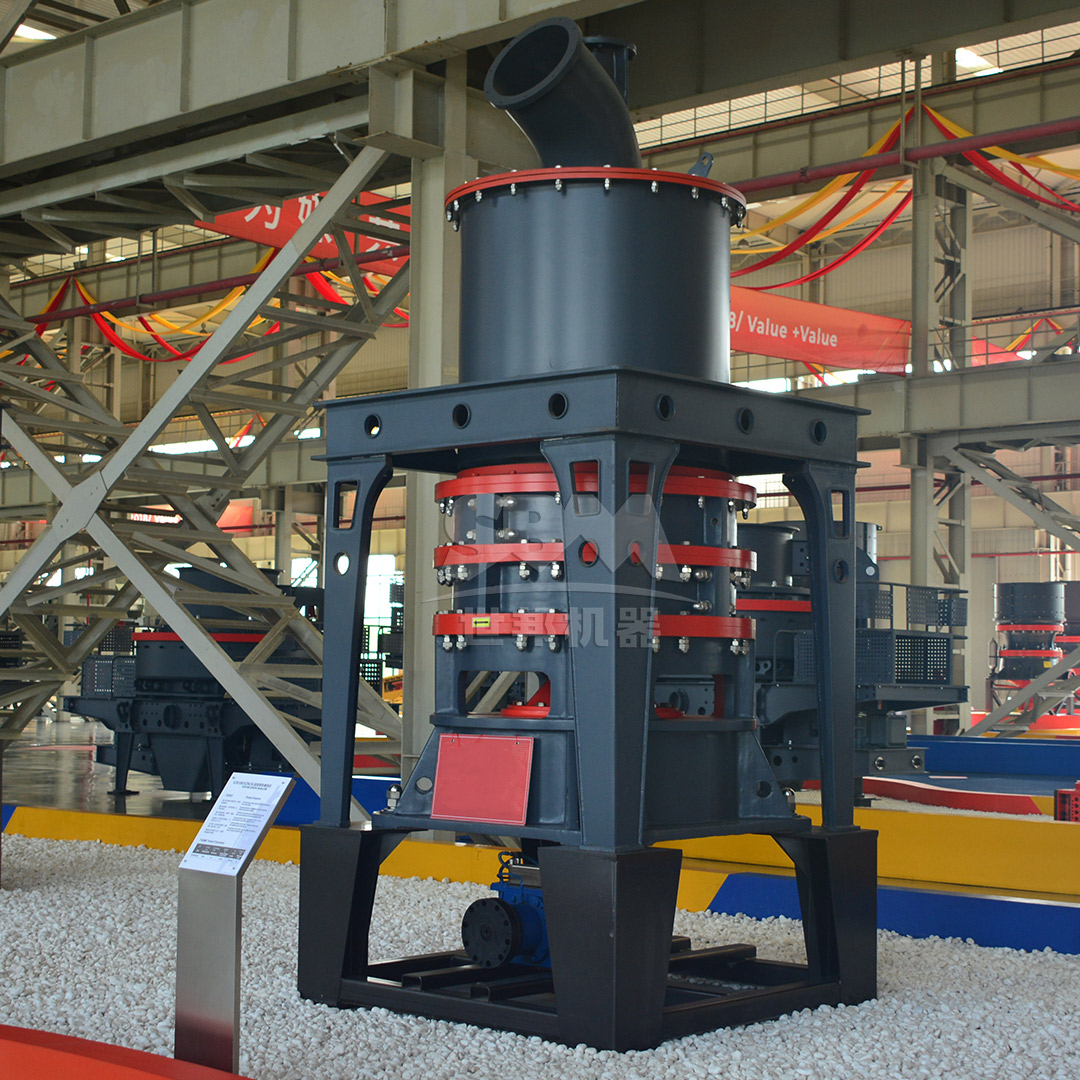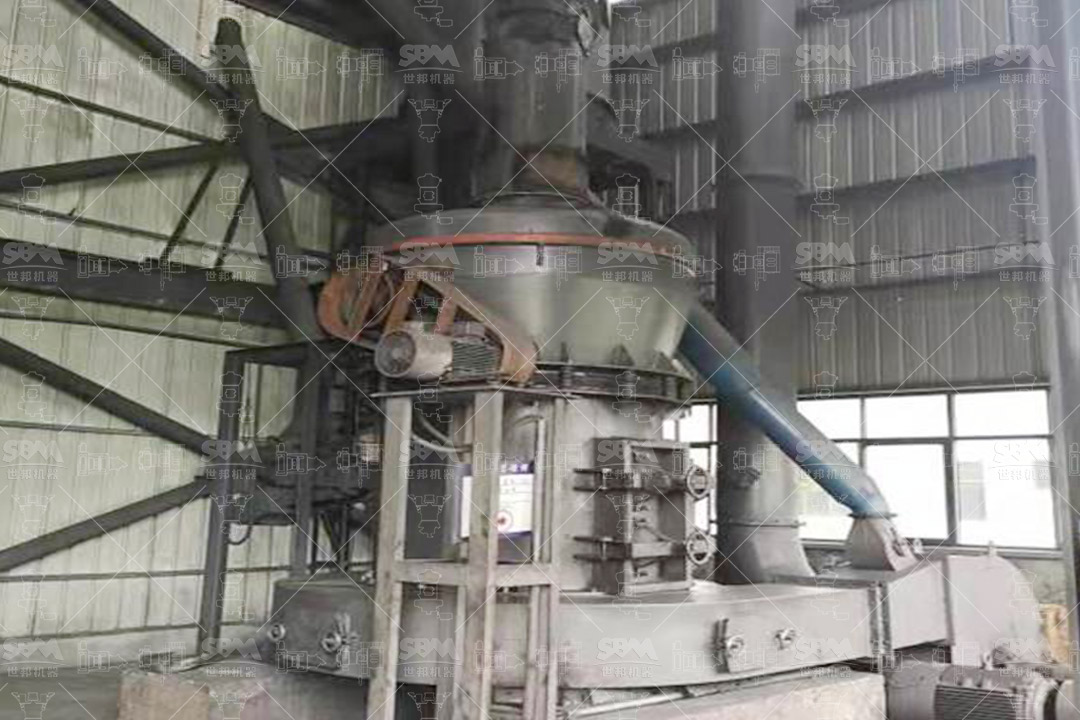The production of food-grade talc powder requires specialized equipment that can meet stringent quality, safety, and regulatory standards. Talc, a hydrated magnesium silicate mineral, is widely used in the food industry as an anti-caking agent, dusting powder, and processing aid. However, achieving the required purity, particle size distribution, and contamination control demands careful selection of grinding machinery. This comprehensive guide will help you navigate the critical factors when choosing the right talc powder making machine for food-grade production.
Before selecting equipment, it’s essential to understand what makes talc suitable for food applications. Food-grade talc must meet specific criteria set by regulatory bodies like the FDA, EFSA, and other international food safety organizations.
The grinding equipment must be designed to maintain these standards throughout the production process, from raw material intake to final packaging.
| Parameter | Food-Grade Requirement | Industrial Grade |
|---|---|---|
| Heavy Metals | <10 ppm | <50 ppm |
| Microbial Count | <1000 CFU/g | Not regulated |
| Particle Size Range | 5-45 microns | Up to 150 microns |
| Asbestos Content | 0% | Not always tested |
Food applications often require specific particle size distributions. For instance, anti-caking agents typically need finer particles (5-20 microns) while dusting powders may use slightly coarser material (20-45 microns). The grinding machine must offer precise control over the final product’s particle size distribution.
Modern grinding equipment utilizes advanced classification systems to ensure consistent particle size. Look for machines with:
Food-grade production demands exceptional contamination control. The grinding equipment must be designed to prevent:
Consider equipment with food-grade lubricants, easy-clean designs, and wear parts made from materials approved for food contact.

Grinding operations can be energy-intensive. Modern equipment offers significant advantages in energy efficiency, which translates to lower operating costs. Consider:
Match the equipment capacity to your production requirements. Consider both current needs and future expansion. Key considerations include:
For applications requiring very fine talc powder (typically below 20 microns), ultrafine grinding mills offer the precision and control needed for food-grade production. These machines utilize advanced grinding principles to achieve narrow particle size distributions with minimal contamination risk.
One excellent example is the SCM Ultrafine Mill, specifically designed for high-precision grinding applications. This mill offers several advantages for food-grade talc production:
The SCM Ultrafine Mill’s working principle involves main motor-driven grinding rollers rotating against grinding rings, with material being ground through multiple layers. The integrated pulse dust collection system ensures clean operation with efficiency exceeding international standards.

For applications requiring medium to fine talc powder (45-325 mesh), trapezium mills offer an excellent balance of performance, efficiency, and cost-effectiveness. The MTW Series Trapezium Mill represents this category with several food-production-friendly features:
The MTW Series utilizes a unique grinding principle where the main motor drives grinding rollers to revolve around the central shaft while rotating themselves. The shovel system throws material between the grinding roller and ring, creating efficient compression grinding with precise particle size control through the classification system.
Vertical roller mills offer compact design and high efficiency for talc grinding operations. The LM Series Vertical Roller Mill provides several advantages:
These mills are particularly suitable for large-scale production facilities where space optimization and energy efficiency are critical considerations.
| Technology | Particle Size Range | Capacity Range | Energy Efficiency | Food-Grade Suitability |
|---|---|---|---|---|
| SCM Ultrafine Mill | 325-2500 mesh | 0.5-25 t/h | Excellent | High |
| MTW Trapezium Mill | 30-325 mesh | 3-45 t/h | Very Good | High |
| LM Vertical Mill | 30-325 mesh | 3-250 t/h | Excellent | Medium-High |
| Ball Mill | 0.074-0.8mm | 0.65-450 t/h | Good | Medium |
| Hammer Mill | 0-3mm | 8-70 t/h | Fair | Low |
Matching the equipment capacity to your production requirements is crucial for economic operation. The SCM Ultrafine Mill offers multiple models to suit different production scales:
Similarly, the MTW Series provides options from the compact MTW110 (3-9 ton/h) to the high-capacity MTW215G (15-45 ton/h), ensuring there’s a model to match virtually any production requirement.
Different food applications demand specific particle size distributions. The SCM Ultrafine Mill excels in producing the finest talc powders (down to 5μm) required for high-performance anti-caking applications, while the MTW Series efficiently produces the medium-fine powders (30-325 mesh) used in many standard food-grade talc applications.

A complete food-grade talc production line requires more than just a grinding mill. Key auxiliary equipment includes:
Consistent and controlled feeding is essential for stable operation and product quality. Vibratory feeders with variable speed control ensure uniform material flow to the grinding chamber.
High-efficiency classifiers separate fine particles from coarse material, ensuring consistent product quality. Modern classifiers offer adjustable speed control for precise particle size targeting.
Pulse jet dust collectors with food-grade filter media ensure clean operation and product recovery. These systems must be designed for easy cleaning and maintenance.
Automated packaging equipment designed for powder products ensures contamination-free filling and sealing of food-grade talc.
Proper installation is critical for optimal performance and food safety compliance. Consider:
Proper training of operational staff is essential for:
Establishing regular maintenance schedules ensures:
When evaluating talc grinding equipment, consider the total cost of ownership rather than just the initial purchase price. Key cost factors include:
Modern efficient mills like the SCM Ultrafine Mill and MTW Trapezium Mill typically offer excellent return on investment through energy savings, reduced maintenance costs, and higher product quality.
Food-grade talc production must comply with various international standards and regulations. Ensure your equipment selection supports compliance with:
The field of talc grinding continues to evolve with several emerging trends:
Modern grinding equipment increasingly incorporates digital technologies for:
Equipment manufacturers are placing greater emphasis on:
New grinding approaches combining multiple technologies offer potential for:
Selecting the right talc powder making machine for food-grade production requires careful consideration of multiple factors, including particle size requirements, production capacity, contamination control, energy efficiency, and regulatory compliance. The SCM Ultrafine Mill stands out for applications requiring the finest talc powders with exceptional precision and efficiency, while the MTW Series Trapezium Mill offers excellent performance for medium-fine talc production across a wide capacity range.
By understanding your specific requirements and carefully evaluating available technologies against these criteria, you can select equipment that will deliver consistent, high-quality food-grade talc powder while optimizing operational costs and ensuring regulatory compliance. The investment in appropriate grinding technology will pay dividends through improved product quality, operational efficiency, and market competitiveness for years to come.
When planning your food-grade talc production facility, consider consulting with equipment manufacturers early in the process to ensure the selected technology aligns with your specific needs and future growth plans. The right partnership can provide valuable technical support from initial concept through commissioning and ongoing operation.